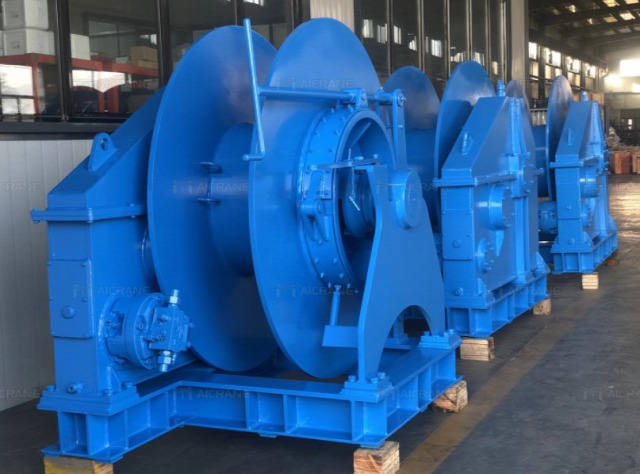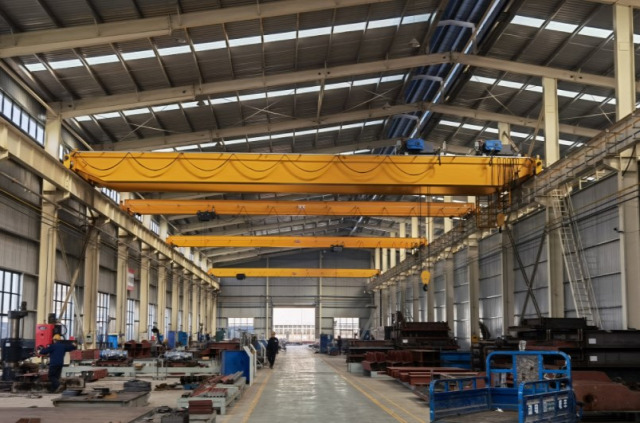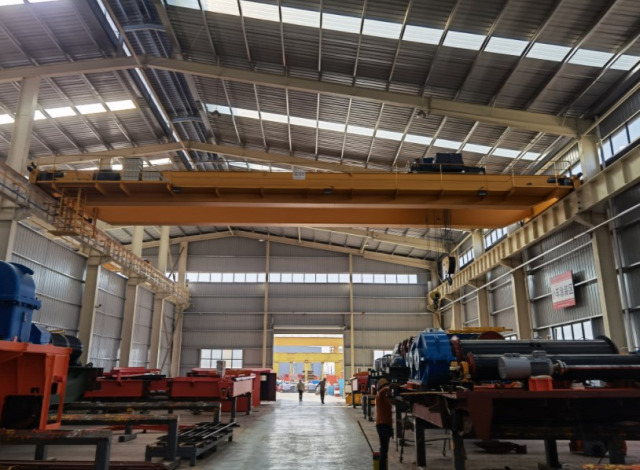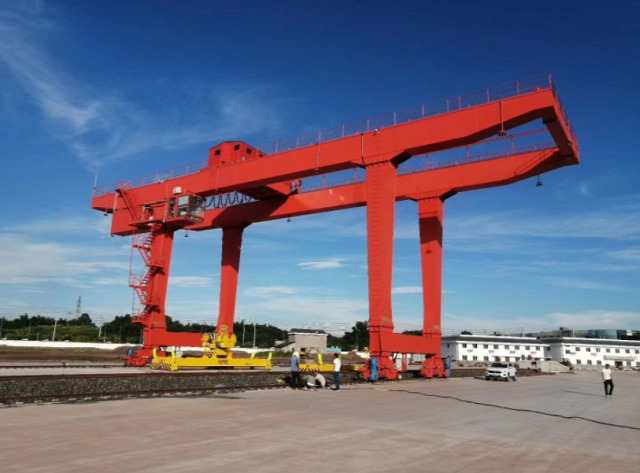Marine towing plays a critical role in the maritime industry, facilitating the movement of vessels, barges, and offshore structures with precision and safety. Behind these towing operations are specialized marine towing equipment designed to withstand the harsh marine environment and handle heavy loads. This article explores the various types of marine towing equipment and their importance in ensuring efficient and secure towing operations, highlighting their contribution to safety, productivity, and the smooth functioning of maritime activities.

Towing Winches
Towing winches are at the heart of marine towing operations. These robust and powerful towing winches provide the necessary pulling force to tow vessels or barges. Equipped with high-capacity drums and sophisticated control systems, towing winches allow for precise and controlled movement, ensuring safe and efficient towing operations. They are available in hydraulic, electric, or pneumatic configurations to suit different vessel requirements. Towing winches play a crucial role in maintaining tension and controlling the speed of the towline, ensuring stability and preventing accidents during towing.
Towing Hooks and Hawsers
Towing hooks are essential components that connect the towing vessel to the object being towed. These hooks, often with a quick-release mechanism, provide a secure attachment point and enable rapid disengagement if necessary. They are designed to withstand high loads and maintain structural integrity under extreme conditions. Similarly, hawsers are large ropes or synthetic lines used for towing operations. Made from high-strength materials, such as polypropylene or nylon, hawsers offer excellent strength and flexibility. They play a critical role in distributing loads and absorbing shocks during towing, ensuring the safety of both the towing vessel and the towed object.
Towing Bridles and Shackles
Towing bridles are arrangements of multiple lines or chains used to distribute the towing load across multiple attachment points on the vessel being towed. By spreading the load, towing bridles reduce stress on individual attachment points and enhance stability during towing. These bridles are typically equipped with shackles, which are strong, load-bearing connectors used to secure the towing lines or chains. Shackles come in various types, including screw pin, bolt, or round pin shackles, offering versatility and ease of use in different towing applications. Properly designed and robust towing bridles, along with reliable shackles, ensure even load distribution and prevent excessive strain on the towing system.
Towing Lights and Signals
Safety and communication are paramount during towing operations, especially in low visibility conditions or at night. Towing lights and signals play a vital role in indicating the status and intentions of the towing vessel and the vessel being towed. These lights, often mounted on masts or superstructures, provide clear visibility to other vessels in the vicinity, ensuring safe navigation and collision avoidance. Towing signals, such as sound signals or flags, communicate important information, such as the towing vessel's maneuvering intentions or the presence of a towed object. By providing clear visual and auditory cues, towing lights and signals contribute to safe and efficient towing operations.
Tugboats and Towing Vessels
In addition to specialized equipment, tugboats and dedicated towing vessels play a crucial role in marine towing operations. These vessels are designed and equipped with powerful propulsion systems, maneuvering thrusters, and tugboat winches to handle various towing tasks. Tugboats, in particular, are known for their agility and maneuverability, allowing them to assist larger vessels in confined spaces or challenging maritime conditions. Towing vessels are specifically designed to provide stability, endurance, and sufficient deck space for handling towing equipment and securing towed objects. With their specialized capabilities, tugboats and towing vessels are indispensable in ensuring the success and safety of marine towing operations.
Conclusion
Marine towing equipment forms the backbone of efficient and secure towing operations at sea. From towing winches and hooks to bridles, hawsers, and signaling devices, these specialized equipment pieces ensure safe and controlled towing, enabling smooth maritime activities and enhancing safety standards in the maritime industry.





